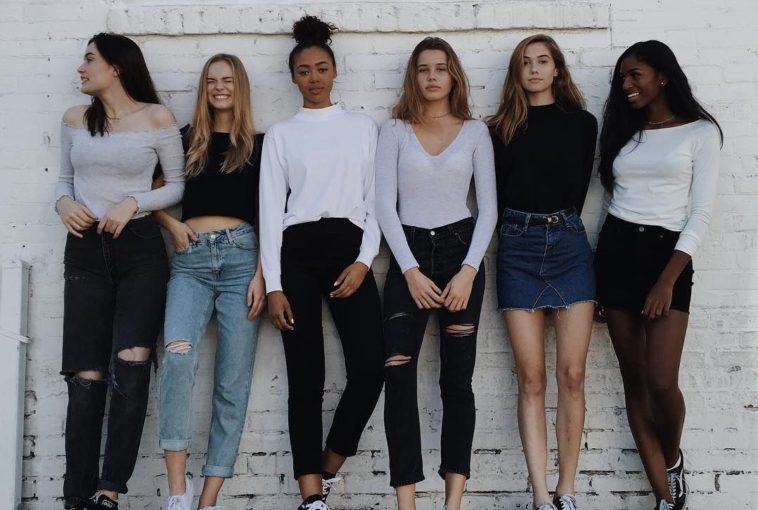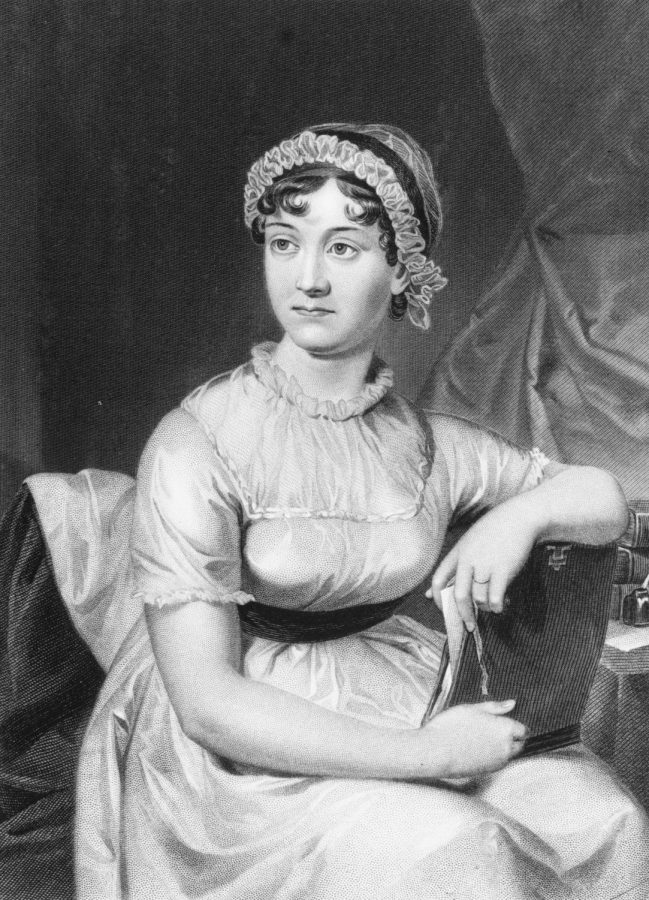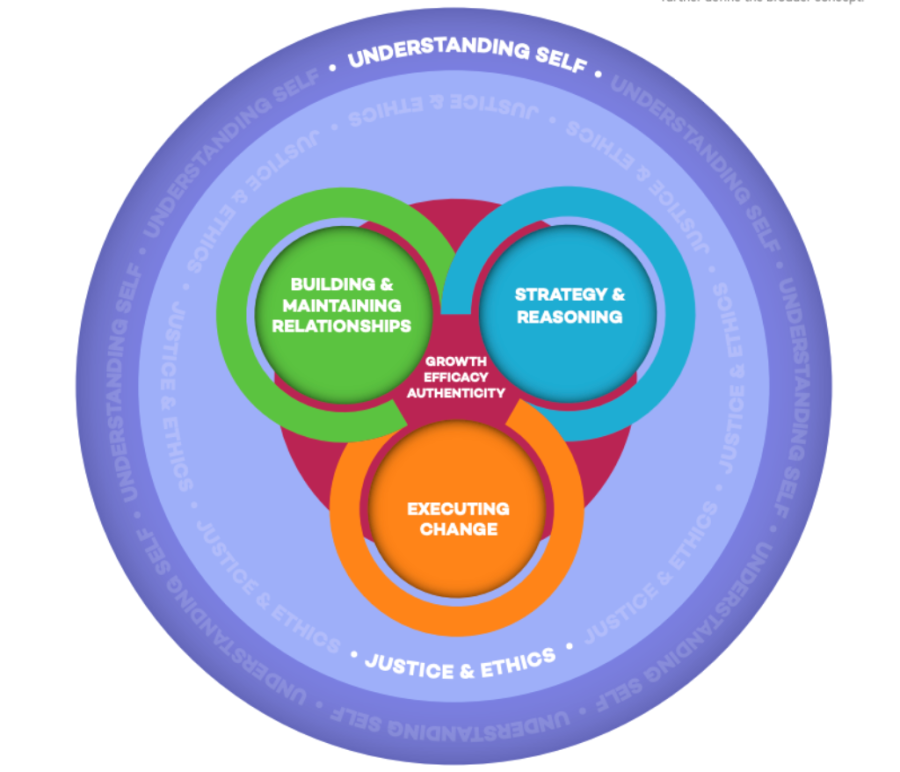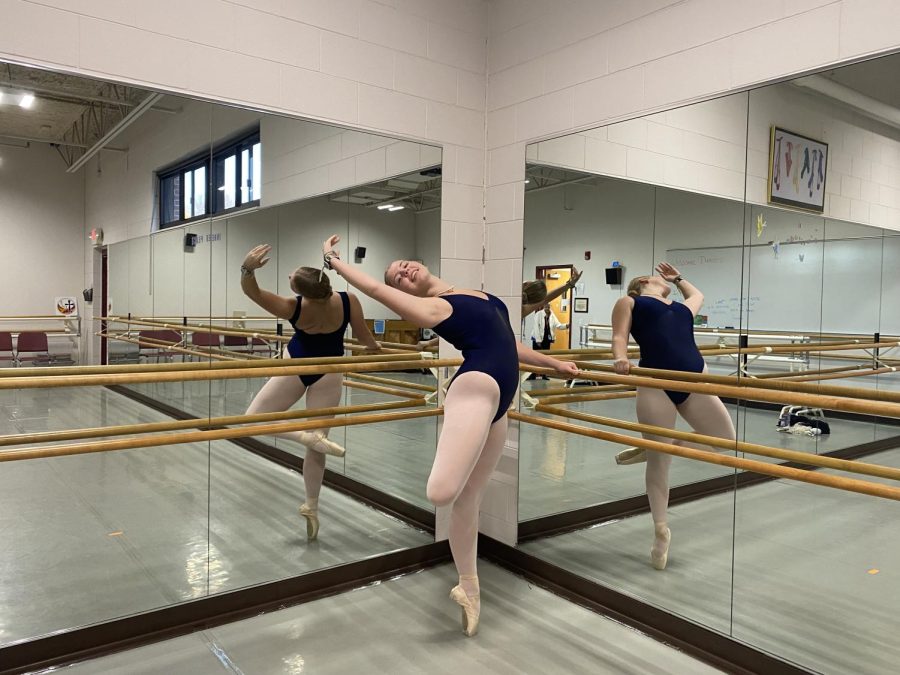Over the last few years, the media and clothing industries have been portraying more diverse people in their campaigns to help customers understand that there isn’t one ideal body type. Well-known brands such as Aerie are using their platforms to represent people of all shapes, sizes, backgrounds, and races.
Although many brands are expanding diversity through their models, many aren’t changing their clothing sizing. Brandy Melville, a commonly-shopped brand among high school girls, is infamous for its one-size-fits-all clothing. The idea behind this clothing concept is that girls can shop in one place with friends and not have to worry about looking through sizes, but in truth, this idea is not realistic.
Everyone has a different body type. In creating one-size clothing, companies are essentially forcing their ideal body type on consumers who want to wear their clothing. Not only is this idea unrealistic, but it can be hurtful. When a tag says “one-size-fits-all” but the clothing doesn’t look right or even remotely fit on a person’s body type, it can affect self-confidence. Although an article of clothing says it fits all, a product of that nature, in reality, is impossible to create unless it’s a pair of earrings or hair scrunchies.
In the future, big brands who use this sizing method should continue selling their products but should also look to making various sizes of their clothing. Realistic sizing would not only attract more customers but would also improve the reputations of these brands.














